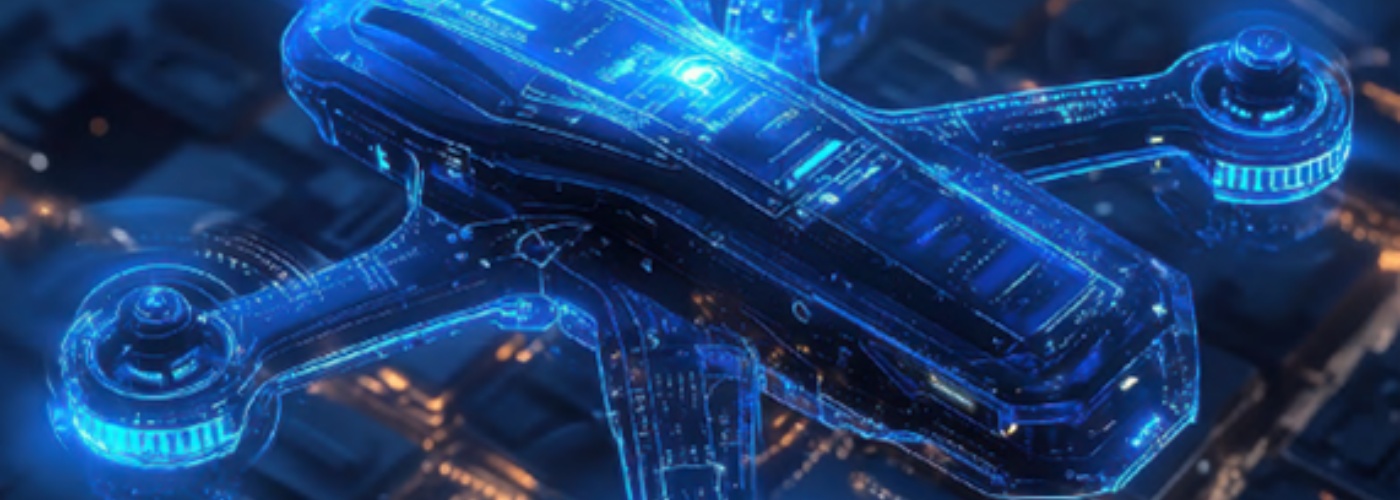Industry overview and key players
The AI and robotics market in Aerospace and Defense is rapidly evolving, but it remains highly fragmented, with multiple players vying to lead innovation. Major aerospace companies like Boeing, Airbus, Lockheed Martin, Northrop Grumman, and Raytheon Technologies are partnering with tech giants such as Google, IBM, and Microsoft to integrate AI into their operations. These collaborations are advancing next-generation defense systems, such as autonomous drones, AI-powered surveillance tools, and smart aircraft built to enhance mission-critical capabilities.
In addition to these established leaders, companies like BAE Systems, Palantir, Anduril, Shield AI, and General Atomics are making significant contributions, reshaping the vendor landscape by leveraging innovative AI solutions to create forward-thinking defense capabilities and diversifying the range of technologies in the sector.
For instance, Boeing has been at the forefront of autonomous flight technology, working with SparkCognition to develop an unmanned aircraft system traffic management (UTM) solution. Lockheed Martin is focusing heavily on AI-driven combat systems, incorporating AI into its F-35 fighter jets and autonomous ground vehicles to push the boundaries of battlefield automation.
These partnerships are not only advancing AI and robotics capabilities but are also creating an ecosystem of innovation within the Aerospace and Defense sectors. By leveraging AI to analyze data in real time, companies are shortening development timelines and bringing advanced technologies to market more efficiently.
One of the most ambitious projects shaping the future of defense AI is the Collaborative Combat Aircraft (CCA) program. Boeing, Lockheed Martin, Northrop Grumman, General Atomics, and Anduril Industries are competing for a $6 billion contract to produce 1,000 low-cost, expendable AI-piloted fighter jets capable of executing dangerous maneuvers and covering vast distances. Part of the ‘replicator initiative’, this project is revolutionizing U.S. warfare by accelerating the deployment of AI/ML-assisted systems like robot wingmen for human pilots.
More than just new technologies, AI is reshaping the defense procurement landscape itself. Traditionally slow and risk-averse, the system is now shifting towards one where speed and innovation are paramount, and software companies are emerging as critical players alongside established defense contractors. This shift opens new opportunities for collaboration between aerospace leaders and engineering service providers to stay competitive in this dynamic, AI-driven environment.








